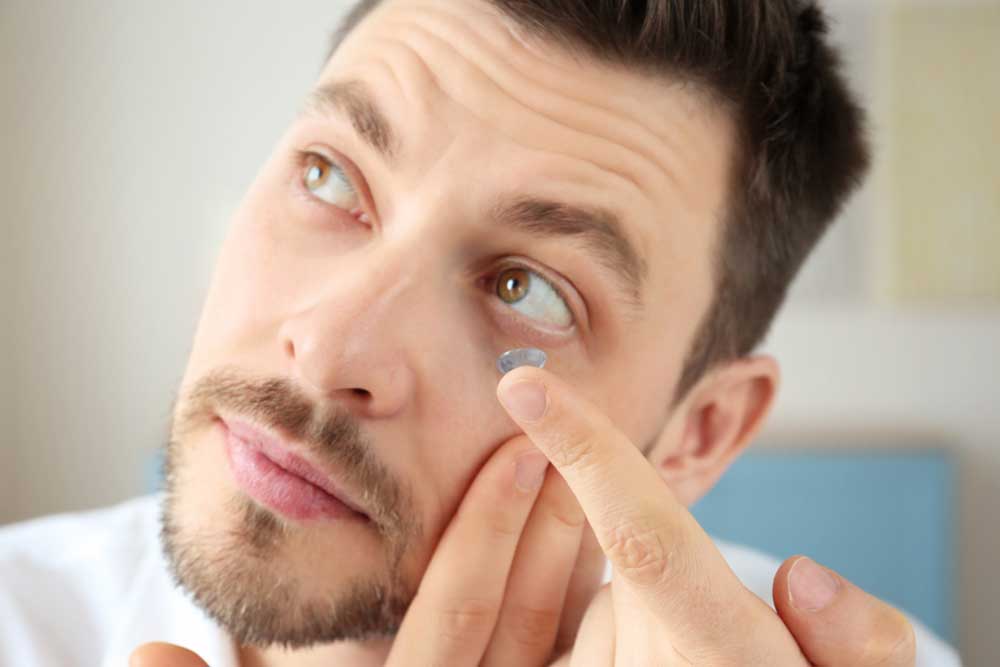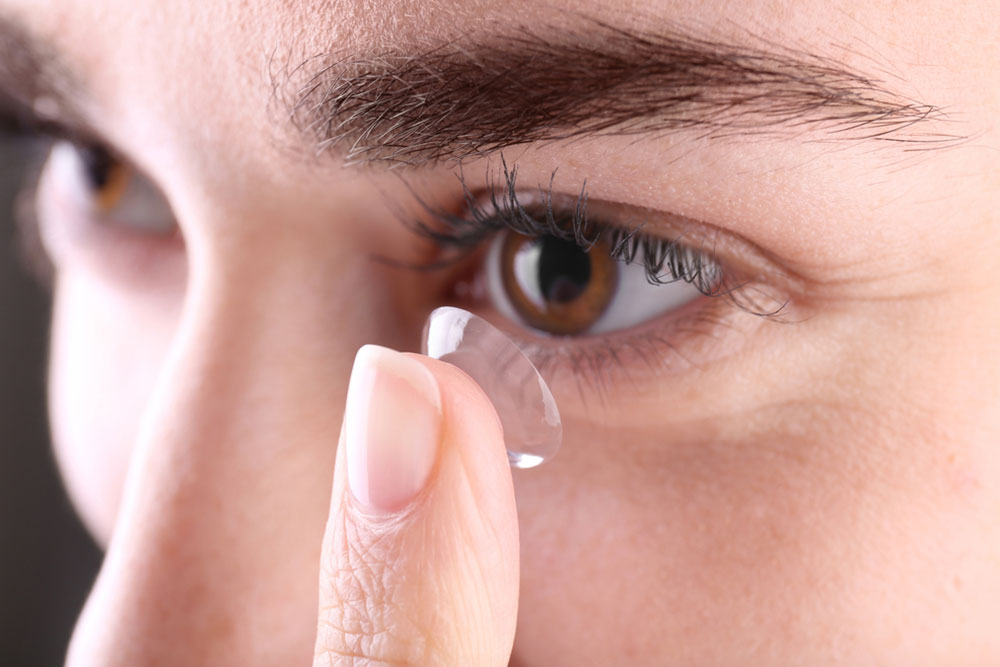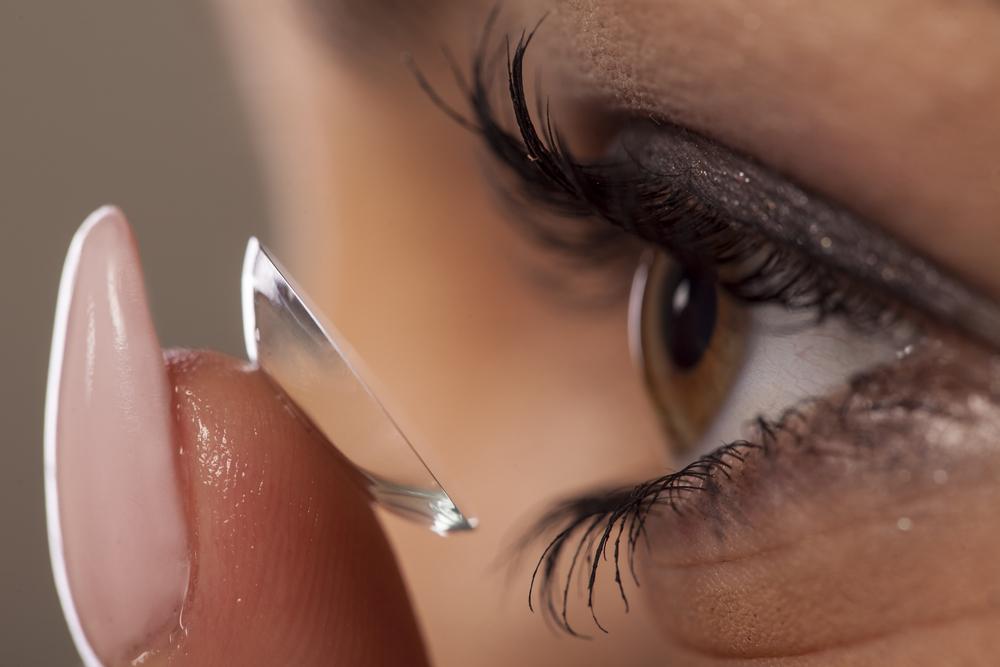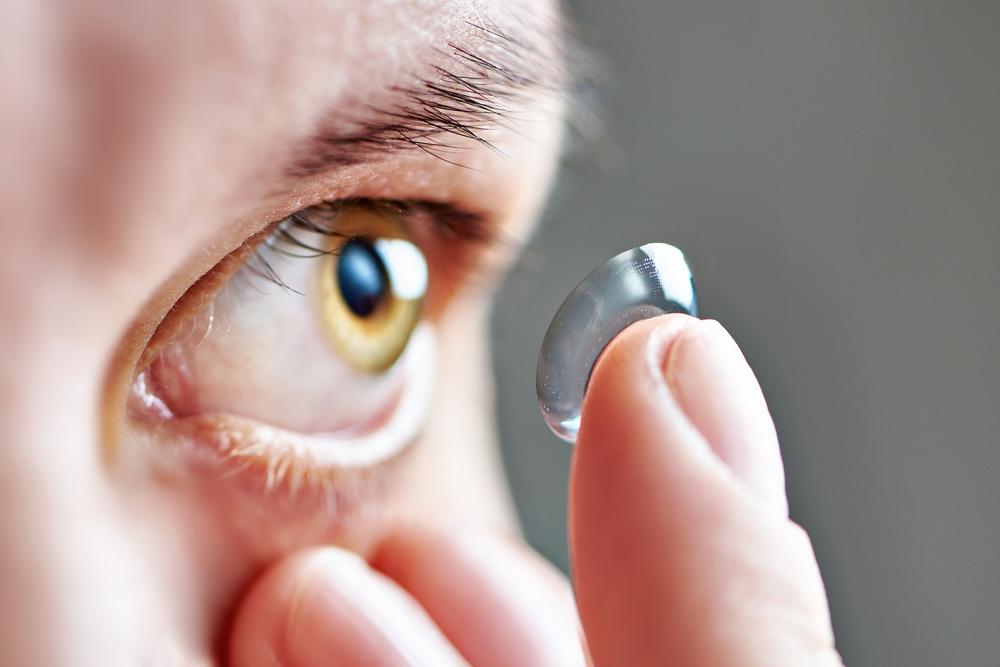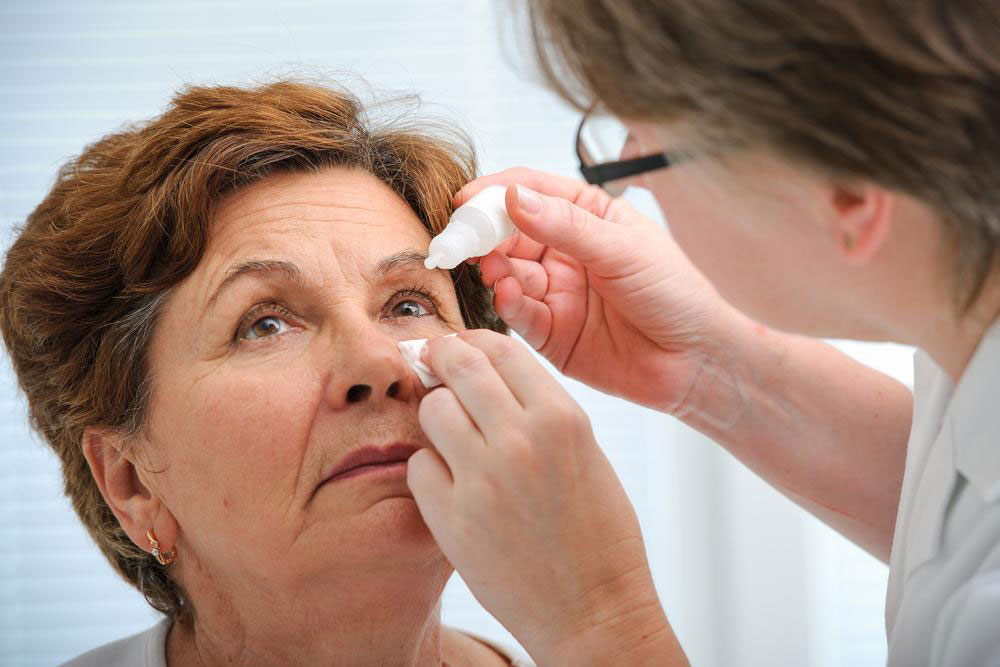Comprehensive Guide to Selecting Contact Lenses for Managing Dry Eye Symptoms
This comprehensive guide details the best contact lenses for managing dry eye syndrome, emphasizing types like hydrogel, silicone hydrogel, and RGP lenses. It highlights technological advancements that enhance comfort and eye health, offering practical advice for dry eye sufferers seeking optimal vision correction solutions. Effective lens selection and proper eye care can significantly improve quality of life for those affected by dry eye symptoms, ensuring comfort, safety, and clear vision throughout the day.
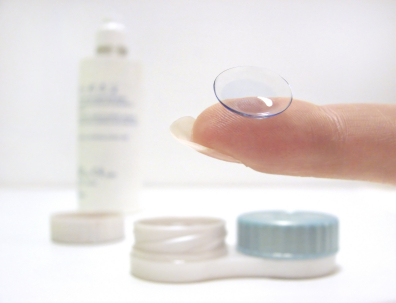
Comprehensive Guide to Selecting Contact Lenses for Managing Dry Eye Symptoms
Our eyes play an essential role in our daily lives, serving as the primary organ for vision. They provide us with sharp visual acuity, vibrant color perception, and depth through binocular vision. As the most prominent sensory organs, our eyes significantly impact how we interact with the world, perform tasks, and enjoy entertainment. With the growing popularity of contact lenses as a convenient alternative to glasses, many individuals consider their comfort, appearance, and functionality before making a choice.
Contact lenses are designed to conform closely to the shape of the eye, providing a wide field of view and sharp focus. They are available in various styles, materials, and technologies to suit diverse needs. However, one common challenge faced by contact lens users, especially those with pre-existing eye conditions, is dry eye syndrome—a condition characterized by insufficient moisture and tears, which can lead to discomfort, blurred vision, and potential damage to eye tissues.
Dry eye syndrome often results from a combination of factors, including reduced tear production, increased tear evaporation, and changes in tear composition. It can be exacerbated by environmental factors such as dry or windy conditions, screen exposure, aging, certain medications, or underlying health issues. When tear production is inadequate, the eye's surface remains unprotected, leading to irritation, redness, and potential damage to the tear glands, which further worsens dryness.
Understanding these challenges, manufacturers have developed specific types of contact lenses designed to provide relief for dry eye sufferers. Selecting the appropriate lens material and design can significantly improve comfort, eye health, and overall satisfaction. Soft lenses that retain water and allow sufficient oxygen flow are often essential for chronic dry eye cases, while some lenses are designed to minimize evaporation and maximize hydration.
Here are some of the most recommended contact lens options for managing dry eye symptoms:
Hubble Contact Lenses: Made from hydrogel material, these lenses are easy to wear and minimize irritation for users with dry eyes. They are disposable daily lenses, ensuring fresh, moisture-rich contacts each day, reducing the buildup of deposits that could worsen dryness.
Air Optix Contact Lenses: Crafted with breathable TriComfort technology, these lenses allow high oxygen transmission, keeping the eyes well-ventilated and moist. Their enhanced breathability makes them a popular choice among dry eye patients seeking comfortable, long-lasting wear.
Bausch + Lomb Ultra: Featuring advanced MoistureSeal technology, these lenses deliver a high level of hydration, helping to maintain eye comfort throughout the day. They are designed for users seeking improved moisture retention and reduced dryness, even in challenging environments.
Rigid Gas Permeable (RGP) Lenses: Unlike traditional soft lenses, RGP contacts are durable, custom-made, and promote improved corneal health. They allow significant oxygen exchange, reducing dryness and irritation over long periods. Suitable for occasional or full-time wear, notable brands include Boston EO and O-Perm60, with lifespans of up to 2-3 years, offering a long-term solution for specific user needs.
For individuals suffering from dry eye syndrome, daily disposable lenses like Hubble and Air Optix are highly recommended due to their convenience and ability to reduce contamination. Additionally, using compatible contact solutions such as Bio-True, Complete Multi-Purpose Solution, and Opti-Free can enhance lens comfort and maintain eye health. Regular eye check-ups and consultations with an eye care professional are crucial in selecting the right lenses and managing dry eye symptoms effectively.
Choosing the right contact lens for dry eye relief involves understanding your specific needs, lifestyle, and eye condition. Collaborate closely with your eye doctor to explore the best options, and always adhere to recommended hygiene practices and replacement schedules to prevent complications. With the right lenses and proper care, dry eye sufferers can enjoy the benefits of contact lenses without sacrificing comfort or eye health.
